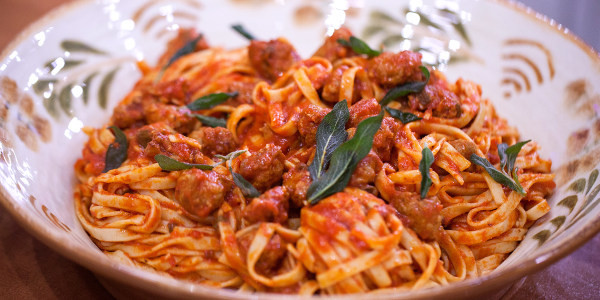Over-salting food is a common kitchen mishap, even for experienced cooks. It’s easy to get a little heavy-handed with the salt shaker, especially when multitasking or in a rush. But before you resign yourself to a bland meal or throw out your dish, know that there are several effective ways to rescue food that is too salty. Understanding these techniques can save your meal and your time.
One of the most straightforward approaches is dilution. If you’ve made a soup, stew, or sauce too salty, increasing the overall volume with unsalted liquid is often the first and most effective step. Adding water, unsalted broth, or even tomato juice (depending on the dish) can help to reduce the concentration of salt. Be sure to add liquid gradually and taste as you go to avoid over-diluting and losing flavor altogether.
Another helpful technique involves incorporating starchy ingredients. While the myth of potatoes specifically absorbing salt is debunked, adding starches in general can still balance out a salty flavor profile. Rice, pasta, quinoa, or even mashed potatoes can be introduced to your dish to soak up some of the excess salt and provide a counterpoint to the saltiness. For soups and stews, consider adding uncooked rice or small pasta shapes that will cook directly in the liquid, absorbing both liquid and flavor. Alternatively, a slurry of cornstarch or arrowroot can be used to thicken the sauce while diluting the salt concentration slightly.
 Adding pasta to a dish, a starchy ingredient, is a practical way to counteract excessive saltiness in culinary creations.
Adding pasta to a dish, a starchy ingredient, is a practical way to counteract excessive saltiness in culinary creations.
Beyond dilution and starches, consider leveraging the power of flavor balancing. Acidity is a potent tool against saltiness. A squeeze of lemon juice or lime juice, or a splash of vinegar (apple cider vinegar, white wine vinegar, or balsamic vinegar can all work depending on the dish), can brighten the flavors and cut through the salt. Start with a small amount and add more to taste. Sweetness can also effectively mask saltiness. A pinch of sugar, a drizzle of honey, or even a touch of maple syrup can help to balance the overall flavor profile, especially in tomato-based sauces or savory dishes with a hint of sweetness.
In some cases, adding a dairy component can also mitigate saltiness. A swirl of cream, a spoonful of yogurt, or a dollop of sour cream can add richness and help to mellow out the salt. This works particularly well in creamy soups, sauces, or stews. Remember to taste frequently as you implement these fixes. The goal is to bring the dish back into balance without drastically altering its intended flavor. With a little patience and these techniques, you can often salvage a dish that initially seemed too salty and enjoy a delicious, well-seasoned meal.

